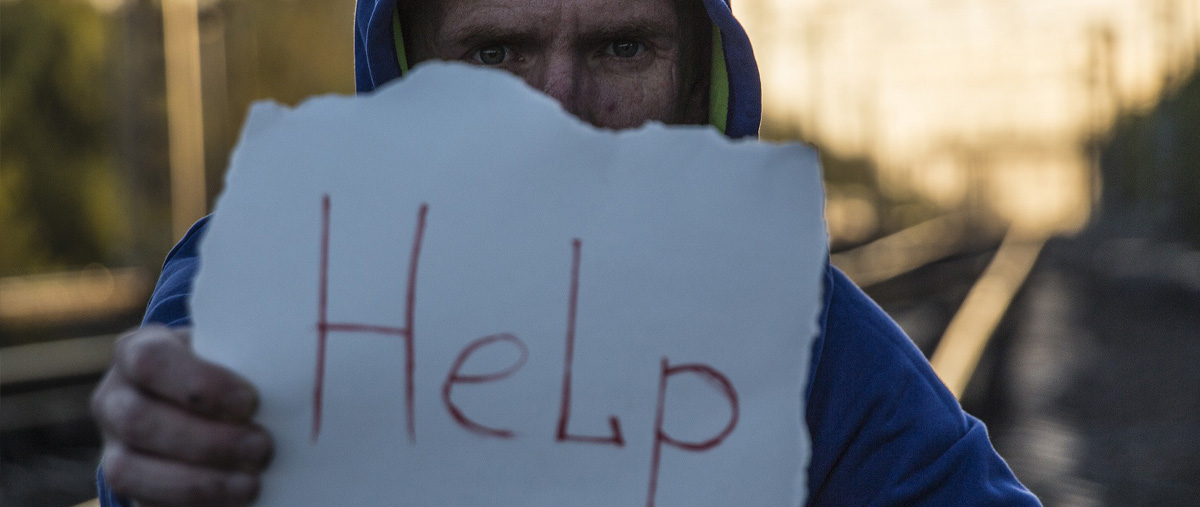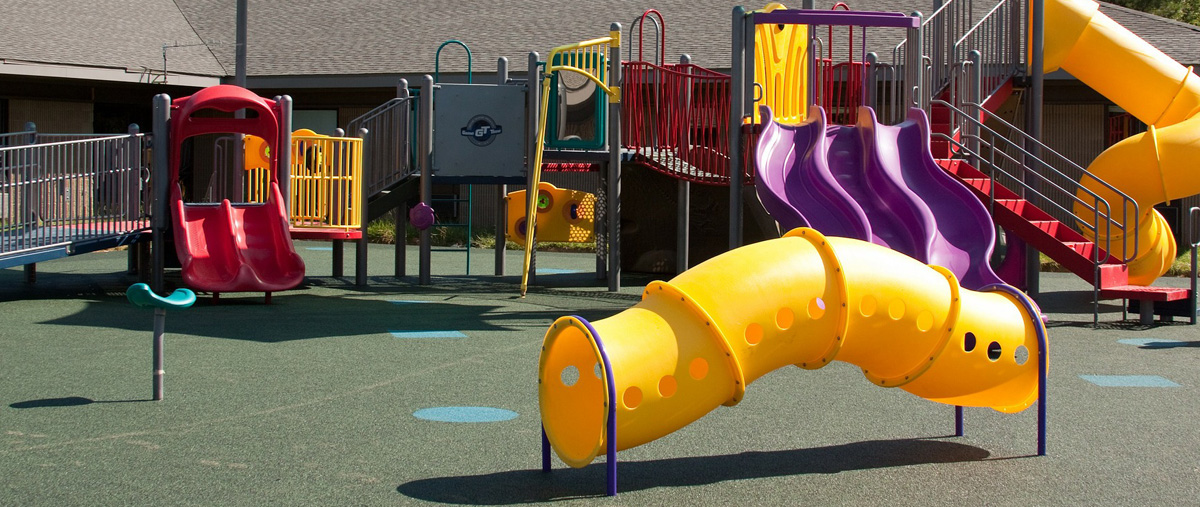A new social media app called “Sarahah” has been downloaded by tens of millions of smart phone users in the past few months and is gaining significant popularity among children and teens. The name “Sarahah” roughly translates to “honesty.” The designed purpose of the app is to solicit and receive “honest” feedback anonymously with no way to trace who posted the comment. The concern with the app being used by young people is the danger of cyberbullying and that those posting abusive feedback would be undeterred by fear of repercussions.
Sarahah can be connected as an add-on to the popular Snapchat application. Google Play and iTunes App Store rate Sarahah as an app for ages 17+. Internet watchdog Common Sense Media also emphasizes the 17+ age rating and describes the app as an “(a)nonymous evaluation tool…ready-made for cyberbullying.”
Using contact information on the user’s phone, Sarahah allows sharing of anonymous comments with those known contacts, but also allows for searching and commenting to unknown users. This means young people could receive feedback from strangers who simply look for their online profile. If no restrictions are applied in their privacy settings, even people who are not registered in the app will be able to send anonymous comments to the user. Unfortunately, there is a great likelihood some would go far beyond constructive, honest feedback in their comments, and resort to abusive, derogatory, and sexual remarks.
Any social media that permits anyone to send an untraceable, unidentifiable message to a minor presents a concern for sexual or mental harassment. Particularly vulnerable youth are at serious risk for suicide if subjected to such abuse. In addition, children or teens who face no accountability or chance of being identified may be tempted to write comments they would never tell someone directly. Out of their immaturity, those kids may have to confront the reality of having caused a fatal tragedy because of a weak or angry moment.
School staff and parents should be aware of the dangers Sarahah or similar anonymous messaging apps or social media platforms create for students. Considering the frequency of suicide due to harassment among college age students, we would encourage great caution even for those over 18. Educating children on how to handle online harassment and bullying is important no matter what online communication channels they use. To keep them protected, young people should have very restrictive privacy settings on their devices to limit undesirable access to their personal information and profiles.
CALIFORNIA SCHOOLS
TRENDING TOPICS





